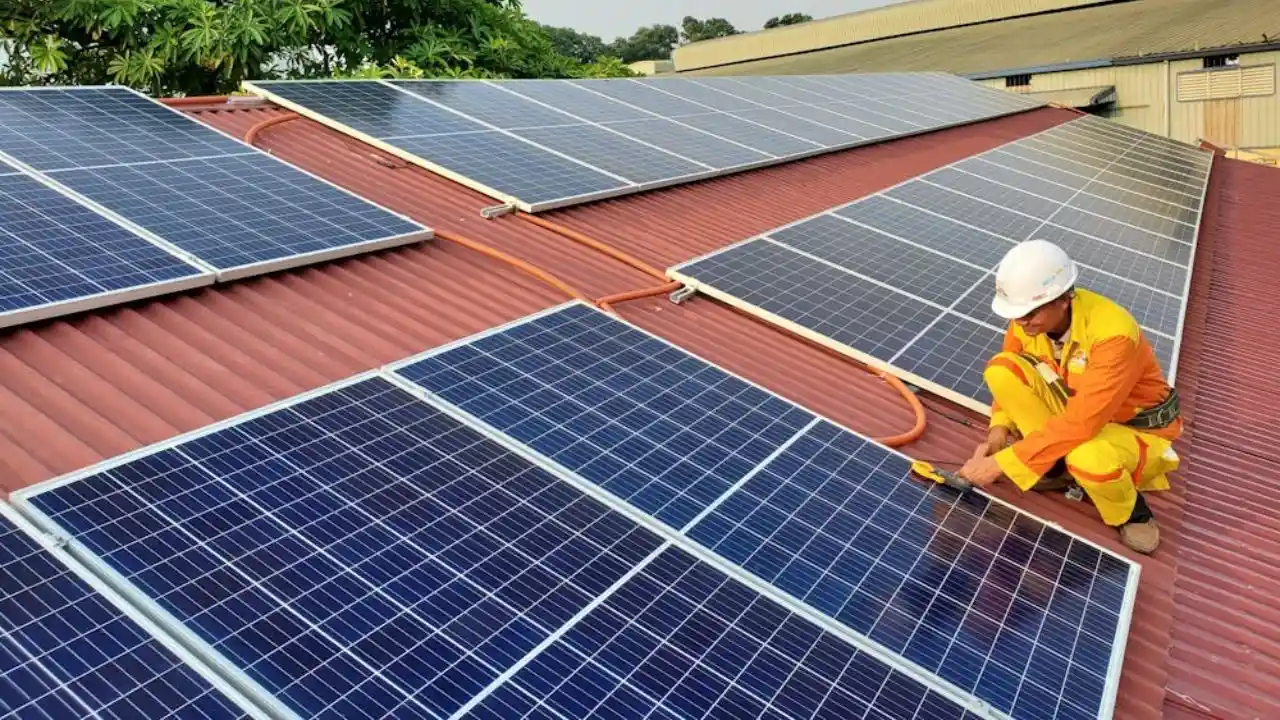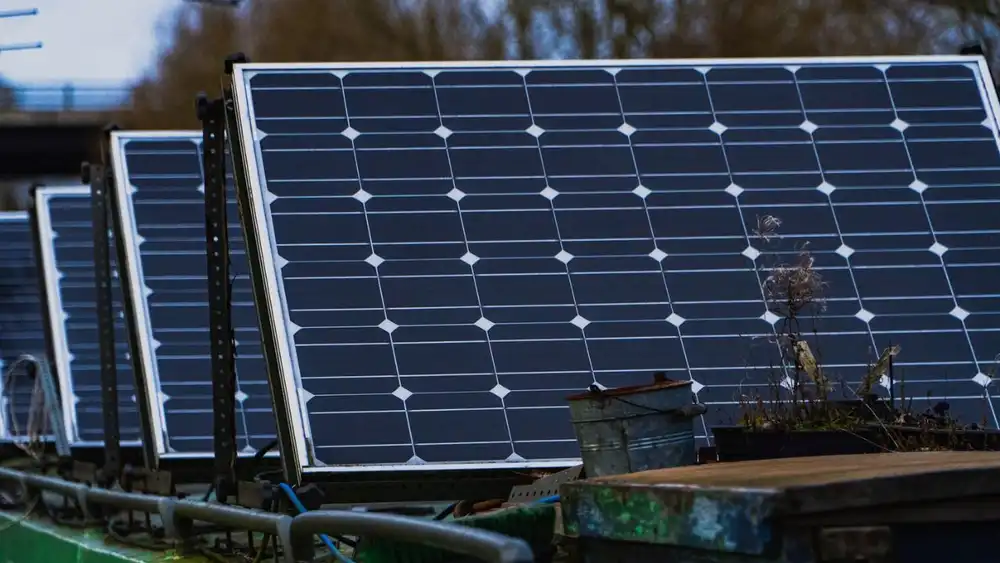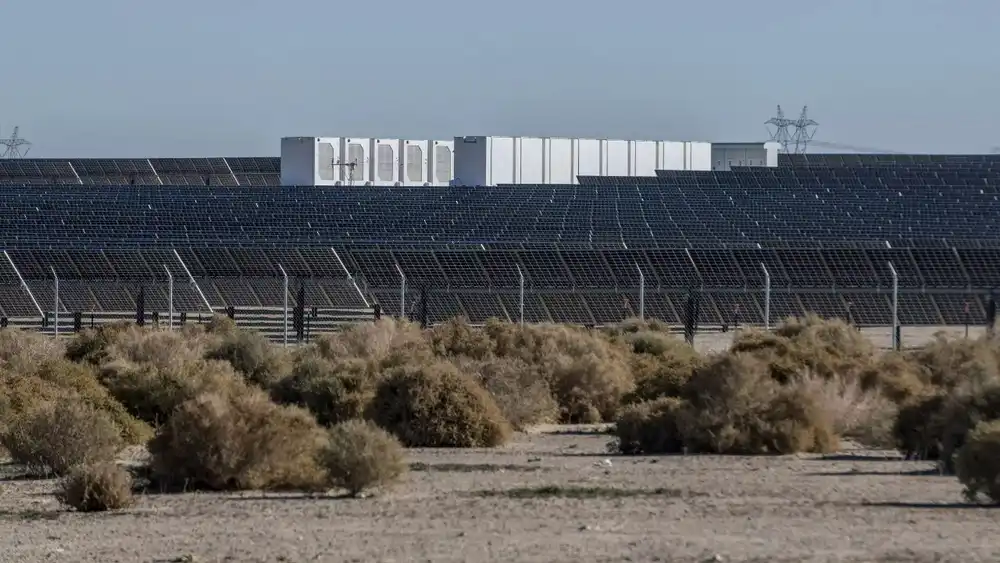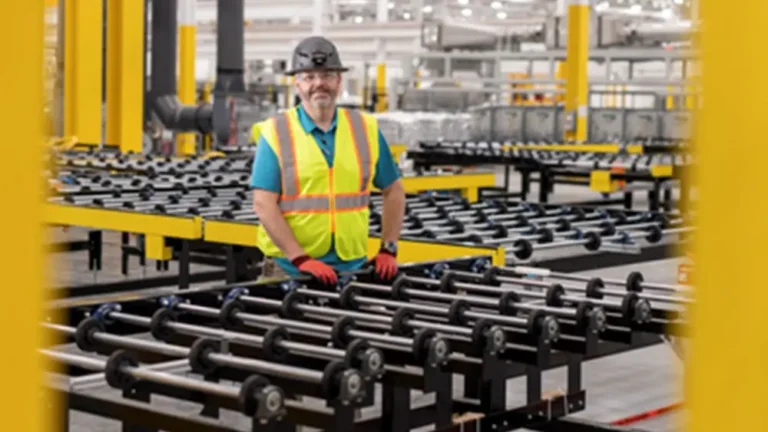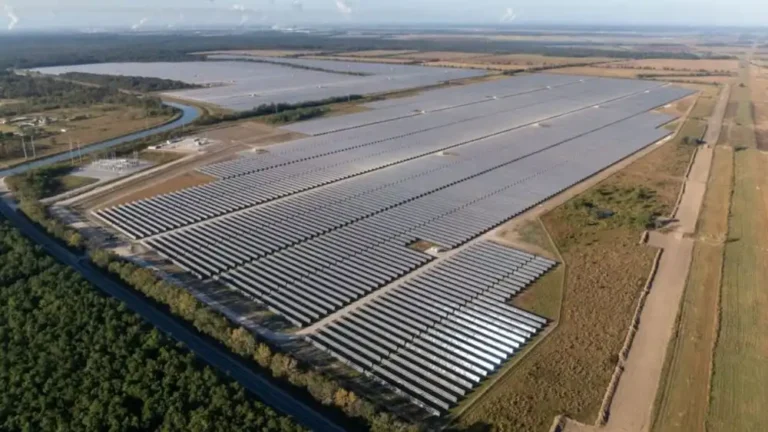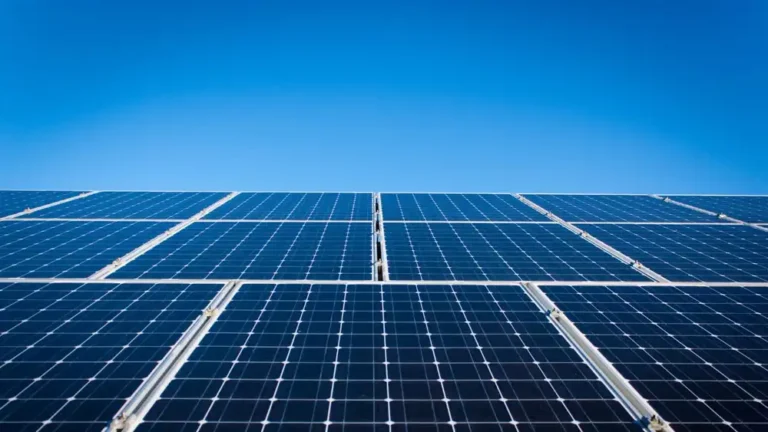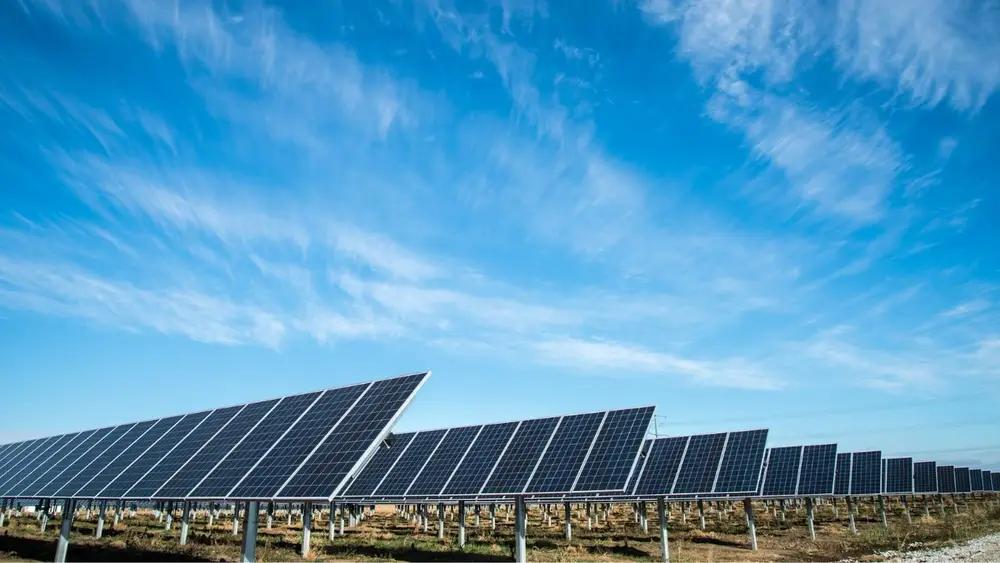
- Solar PPA prices increased 5.4% QoQ in Q3 ’24, which is a year-over-year increase of 10.4%.
- Wind PPA prices showed no QoQ changes but increased by 14.1% YOY.
- Delayed projects and rising tariffs along with equipment shortages contribute to the prices driving high.
- The analysts predict that better supply chains would experience PPA price stability around 2030.
PPA prices of renewable energy in North America are growing. Some drivers to those grows are project delays, new tariffs, and supply shortages. LevelTen Energy data indicated the rise of the solar PPA price in Q3 of 2024 was up 5.4 percent in that quarter, but wind price remained at a stable pace, yet it has climbed impressively year-to-date. The Ascend Analytics expect the trend may continue throughout 2030 since demand for clean energy is expected to overtake supplies.
Also read: European Renewable PPA Prices Drop by 12.4% in Q3, Report Shows
The solar PPA price had shot up during 2024 due to the reasons of disrupting supply chain and the imposition of a new tariff on solar import. Ascend Analytics, an energy consulting firm, believes that this is merely a manifestation of the lagging development of renewable energy projects coupled with an escalating desire for clean energy solutions. While the PPA prices for wind energy were flat in the third quarter, prices have instead risen 14.1% year over year, hinting at some of the industrial pressure confronting the sector.
These increasing costs are much further from the cheaper prices of renewable energy offered early in 2020 when solar PPAs reached almost $20/MWh. The average price is now at $56.58/MWh for solar and $65.63/MWh for wind energy. Expectations are on an upward trend, especially among firms looking to secure sustainability targets; this competition for renewable energy contracts drives it even higher.
Continuation shortages and increasing prices for PPAs stem partly from additional bottlenecks in locating some critical components. While equipment like batteries and transformers have lately become more readily available, the industry faces a new shortage of critical components like breakers and switches. Tariffs on imports of solar cells made in China have squeezed the supply chain and are driving U.S. developers to stock up on equipment that is often in short supply.
Also read: Energy Storage Solutions Fuel Net-Zero Shift, Says GlobalData
Despite these concerns, demand remains high. Commercial customers remain interested in renewable energy, and of late, there is heavy focus on powering data centers, notes Mitchell Reay of LevelTen Energy. Large consumers of electricity are often willing to pay up for faster access to renewable energy, as Microsoft recently demonstrated in its deal at Three Mile Island, agreeing to pay considerably above retail rates.
According to experts, although the willingness of customers to pay premium prices for renewable energy PPAs is indeed rising, it is likely to reach a ceiling eventually. Utility customers, in particular, voiced concerns about competing with corporate buyers for clean energy. Some utilities have already changed their procurement strategies toward increasing efficiency to lower the cost energy overall.
Analyzing these statistics, Ascend Analytics analysts do not believe in the ongoing growth of loads with the further development of data centers and electrification projects. According to these analysts, these sectors would make much slower growth when the price would continue to rise, making demand for renewable energy well balanced.
Looking ahead, PPA prices may begin to stabilize at the end of this decade as relief from projections made by Ascend Analytics could be around 2030. Prices short-term are likely to stay high due to continued delays and shortages. Improvements to supply chains and project timelines, however, should work towards more balance going forward. Meanwhile, buyers and developers of renewable energy have to navigate a landscape of rising costs and constrained supply.
Also read: U.S. Invests $9M in Tribal Colleges’ Clean Energy
Their matched renewable PPA prices are not likely to decrease anytime sooner, as the main cost pushers include logistics disruption, tariffs, and an upward sloping demand curve. Price stabilization, however, is expected to be observed post-2030; otherwise, chances will prevail for them to start falling. Buyers will face a tough market; hence, careful planning will be necessary in the present scenario as corporate and utility customers compete for clean energy contracts.

